Starter Cultures: A Primer on Fermentation in Dublin
Words: Caitriona Devery
Photography: George Voronov
Words: Caitriona Devery
Photography: George Voronov
Often associated with alcohol, fermentation is a chemical process integral to the production of many foods. It is one of humanity’s most ancient techniques and is used to keep food edible for longer. However, nutritional longevity is not the only benefit. There’s a real buzz about fermentation across a variety of food communities, from health food circles and those keen on sustainability and avoiding waste, to chefs and cooks of all types who are intrigued by the unique flavours that arise from the process.
Driven by recent research into the effects of fermented foods, beneficial bacteria and micronutrients (probiotics) on the digestive system, popular interest has surged. Advocates include Sandor Katz, who travels the world promoting the gospel of fermenting, lifestyle gurus like the telegenic Hemsley sisters and heavyweight chefs like Noma’s Rene Redzepi at the Nordic Food Lab.
Fermentation is basically the process of turning sugar to alcohol using yeast, but it can also occur using lactic or acetic acid bacteria, mould or the wonderfully named SCOBY (Symbiotic Community of Bacteria and Yeast). Common foods to ferment include milk (making yogurt and kefir), tea (kombucha), soybean (tempeh, soy sauce), cabbage (sauerkraut, kimchi) and other vegetables. It’s a live, active, bacterial process so fermented goods have a distinctive tang, fizz or sour taste as the food hovers between fresh and rotten.
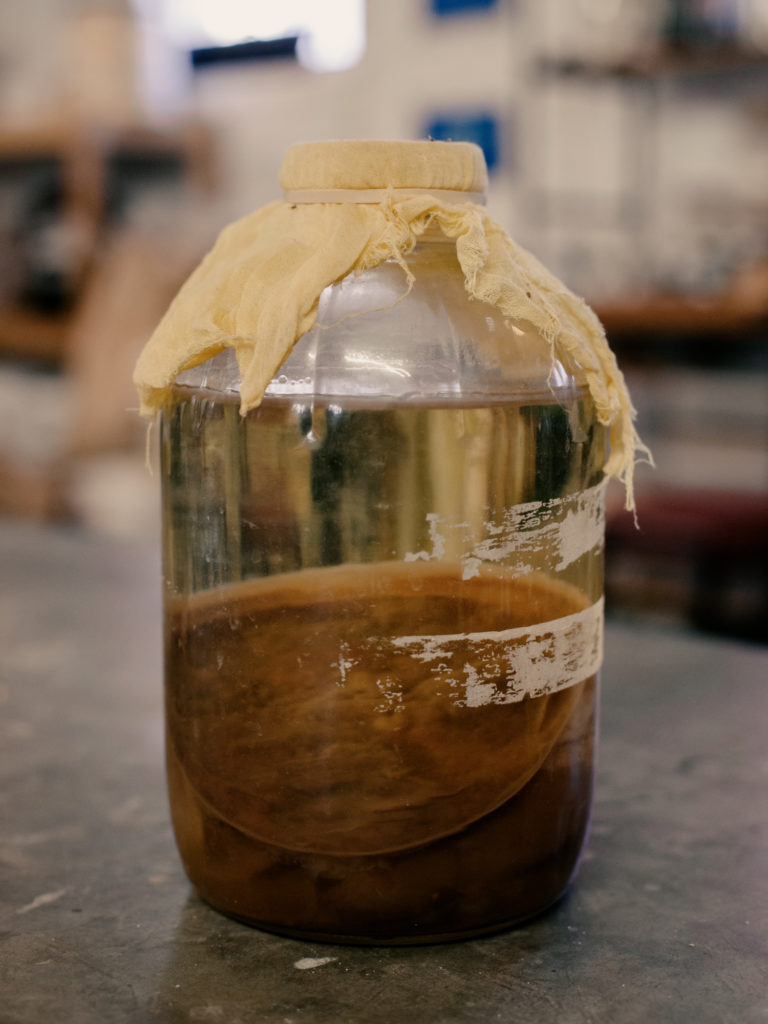
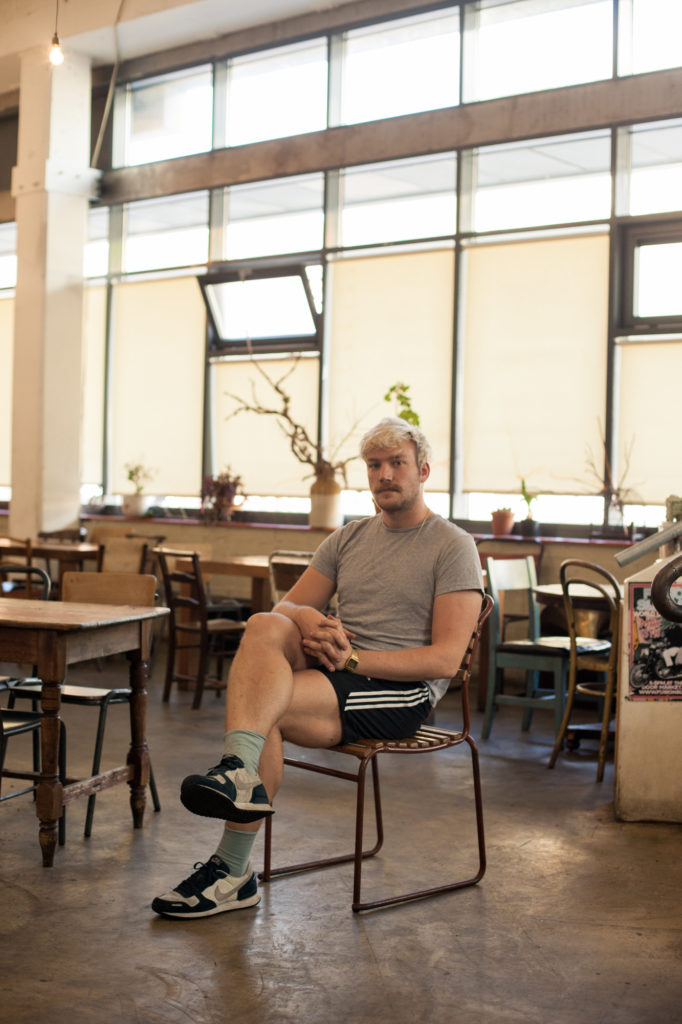
In Dublin, the Fumbally were one of the first players in the fermentation game, operating a bit like a starter culture in the city; many ex-Fumballers moved on to ferment elsewhere. They use lots of fermentation on their menu and they run a pickling workshop every month in their Fumbally Stables space. I chatted to Fumbally chef and ‘With Relish’ podcast host Harry Colley, whose interest in fermentation was sparked by the Nordic Food movement and the significant impact of kimchi on Korean culture.
Harry taught himself about fermentation and experimented with the techniques of Sandor Katz. He used many of these in the pop-up he had a few years back with fellow chef Cúán Greene (now working at Noma). What attracts Harry to the process is the ability “to be purposefully able to manipulate food, without heat, just with time and salt” allowing you to “make more of what’s around you”.
He often cooks with lacto-fermentation techniques which use salt, or a salt solution, to ferment produce. He gives an example of its transformative potential in the fermentation of damsons, which are a “crap, sour fruit that require a lot of sugar and stuff to bring them to a good place. But if you soft brine them, they turn into olives. Fresh damsons in a 2 per cent salt brine for a month and a half turn out like Irish olives”. The Fumbally also have live sourdough cultures, milk and water kefir grains, and kombucha SCOBY to keep them busy.

Continuing my fermentation education, I met with Niall Moran. He works at Greenbeards who have two cold-pressed vegetable-based juice bars in Ranelagh and Donnybrook. They have recently started to experiment with fermented drinks.
Their Ginger Bug with lemon is a thing of fizzy wonder. Look out for the turmeric adaptation. The Ginger Bugs are made with molasses, sugar and ginger, mixed up and left for a week while the magic happens. The fact that the drink is actually alive makes it quite volatile – they had to experiment with bottles and lids as they kept popping off.
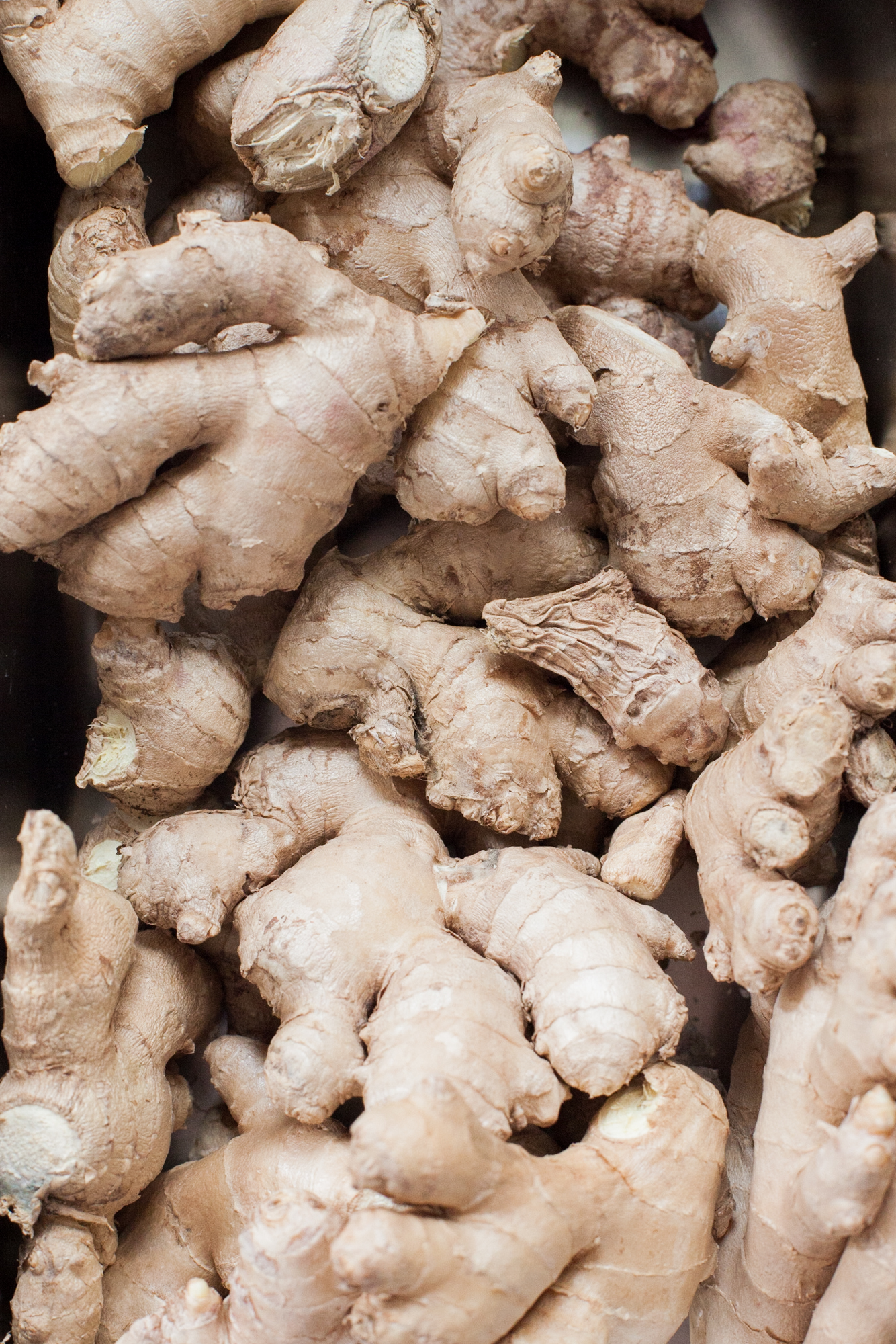
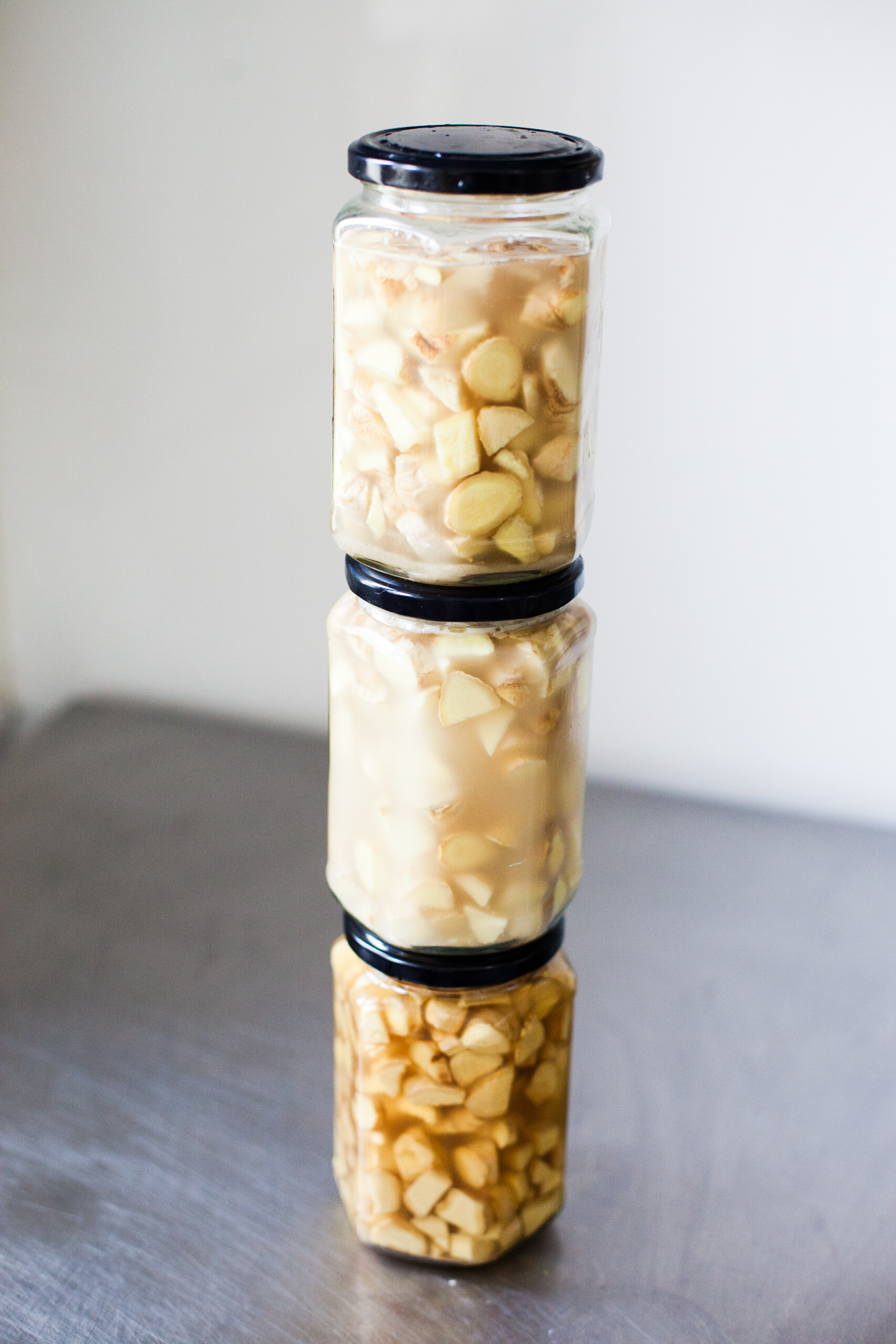
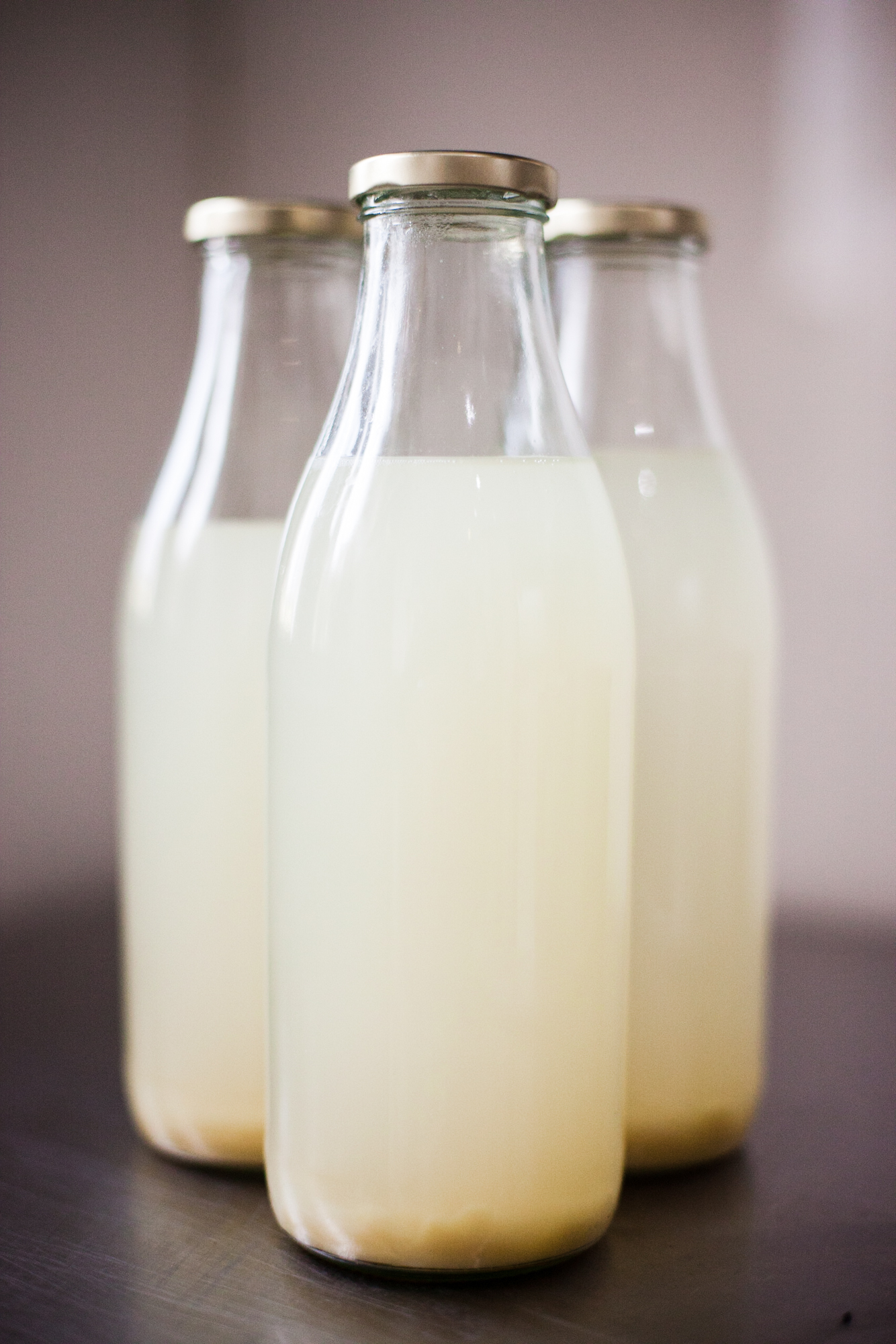
This liveliness means that fermentation is certainly different to other kinds of cooking processes. You’re working with active cultures so there can be a bit of uncertainty. The sourdough, SCOBY and kefir grains require some maintenance and feeding, almost like a bacterial pet – so while these are all things you can teach yourself to do at home, are you ready for the commitment? Harry explains the challenges.
“I’m not into baking or pastry at all. That requires you to measure and be precise. But when you bake you don’t really know that it’s worked ‘til you’ve eaten it. There’s a certain amount of that in fermentation as well. You can invest loads of time and care in these things and at the end… Meh…. That can be disheartening. You’ve got to push through that.”
Niall’s interest in fermentation arose while living in Canada. He’s a convert to the idea that probiotics are beneficial, a kind of ‘happy tummy, happy you’ philosophy. In Canada probiotics and fermented drinks were everywhere, even in corner shops. Commercial industrial processes can impact on the availability of nutrients during the journey from field to fork. Niall reckons probiotics can be a way to restore a kind of natural balance to our digestive systems.
“You can invest loads of time and care in these things and at the end… Meh…. That can be disheartening. You’ve got to push through that.”
Harry Colley, The Fumbally
He’s also been experimenting with kombucha, which uses black or green sugary tea as a base and a special SCOBY culture to get the bacteria party started. The kombucha takes around seven to nine days to ferment; all it needs is a little routine, some love and a bit of luck. Niall continues, “So far it’s all trial and error especially when it comes to flavours”. But the benefits are obvious, and it’s a much healthier alternative to fizzy drinks.
“It’s good for your gut and digestion, especially if you’re run down or hungover,” he explains. “It’s bubbly and sweet but it isn’t just sugar or sweetener.”
Greenbeards are going to start stocking Niall Moran’s kombucha brew soon, so bear that in mind next time you find yourself hungover in Dublin 4 or 6.
In terms of health benefits, the buzz in recent years has been about true probiotic foods – the top shelf or class A’s of the fermentation repertoire with extensive claims made for their healing properties both physical and psychological. Probiotics bring a range of benefits to digestion, and it’s claimed that a healthy gut flora can be anti-cancer, anti-inflammatory and help with all kinds of immune and nervous system issues.
Harry sees these health benefits as “kind of a happy coincidence”, but at the same time he gets the unique properties of probiotics.

“I often think of fermentation as this kind of pre-digestion. It’s digestion outside the body, breaking down and making things bioavailable.”
This thinking is shared by Katz, the guru of fermentation revivalism who says, “We need to value fermentation for its ability to make nutrients more readily available to us, and seek out ferments with live bacterial cultures in order to encourage greater bio-diversity in our microbiota”.
Can kefir, kimchi and kombucha restore a gracious harmony to our insides? Like many new food trends, claims for health benefits can be overblown (I’m looking at you, Hemsley sisters). I asked Harry if the hipster and health lifestyle hype around fermentation bothered him. He says, “I think that’s fine. It’s just the way it goes”.
“Anything that you hand over to marketers they’re going to ruin in a way, or present an image of the kind of people that should be fermenting.”
There’s a strong DIY aspect to fermenting, you kind of have to figure it out by experimentation and get in with your local starter culture dealer to score your SCOBY or your kefir grains. It’s a little bit clandestine. Niall likes this aspect of fermenting foods and agrees, “There is a slightly underground or community nature to it”.
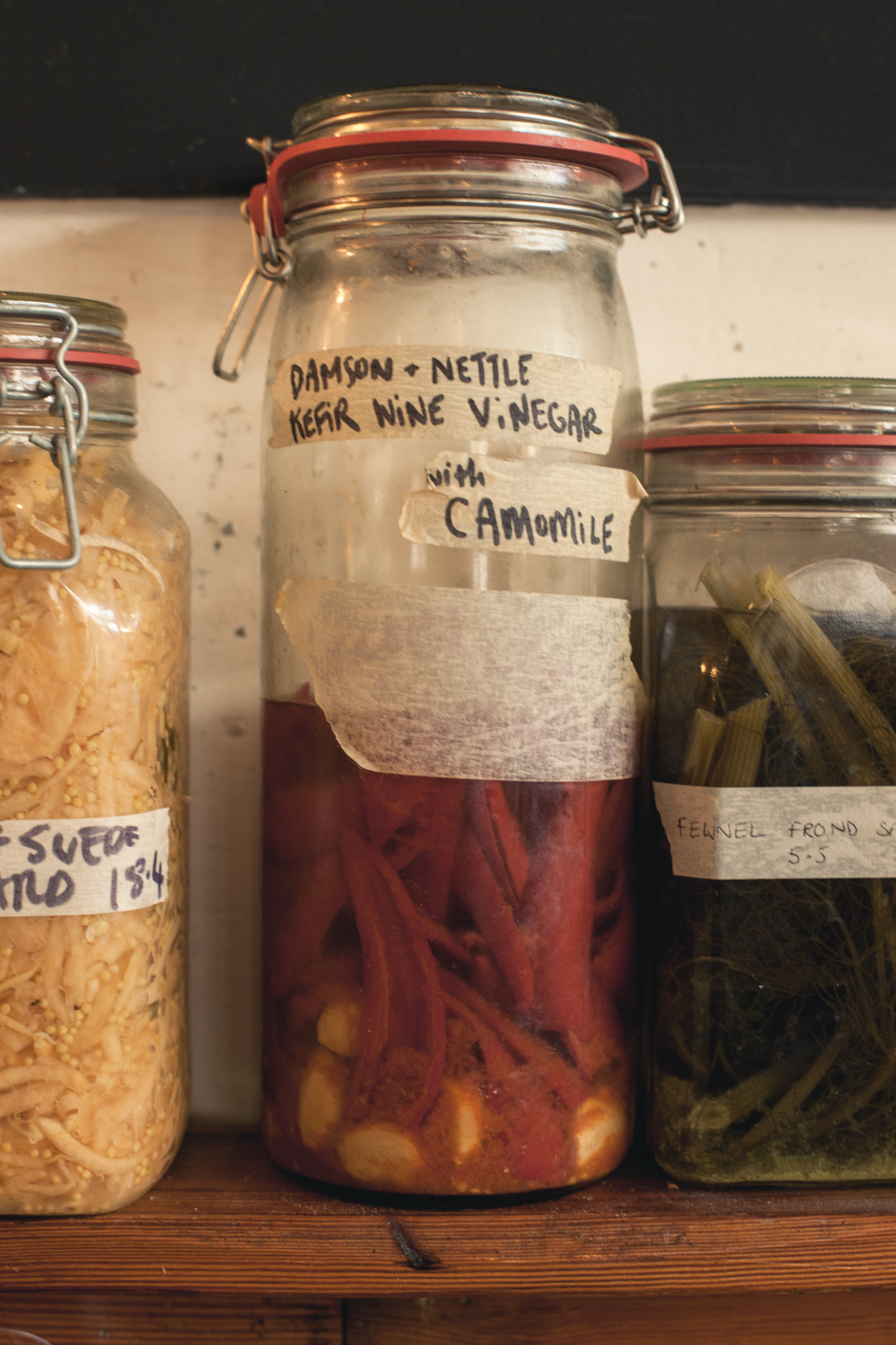
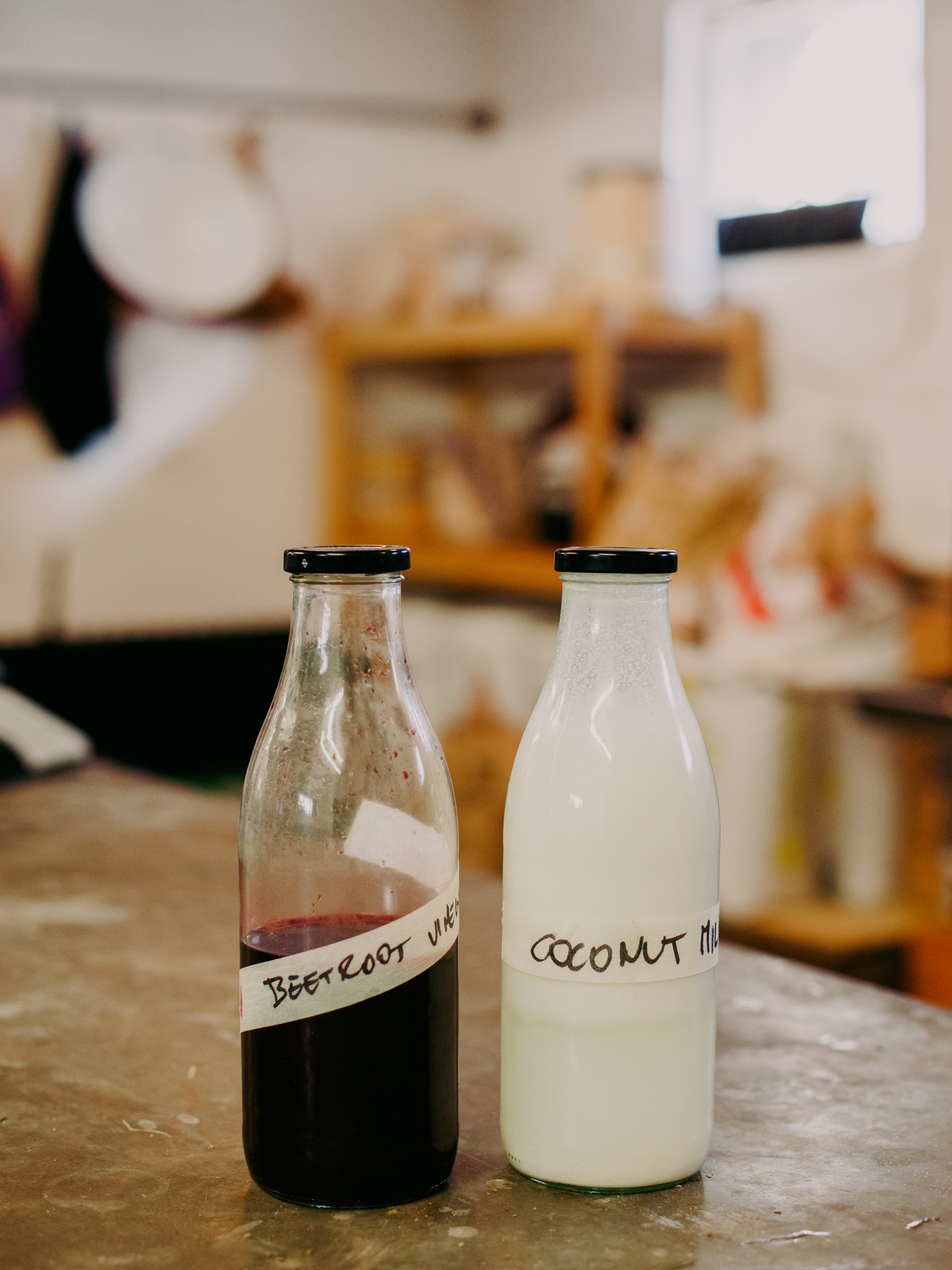
Like any scene, proprietorial elements can creep in. In many ways it’s a strong and supportive community but as with any slightly esoteric knowledge, some people are more generous than others. Harry says, “The internet is full of really nice people but there are also some people who maybe aren’t that happy to share their knowledge”. He thinks the wholesome earth mother associations can lead people to take fermentation a bit too seriously.
“There’s a lifestyle around it and I think that can be prohibitive. There’s a smugness. I’m not really into that.”
If you want to try, don’t let the mystification or the moralising put you off. It’s true, water kefir is tricky enough to manage, and sourdough is also pretty needy. But I can attest to the resilience of milk kefir, as my well-neglected grains continue to multiply in spite of pretty poor parenting skills on my part. Niall agrees that you can be a bit more relaxed about the rules than some hardline fermenters might let on.
There is a slightly underground or community nature to it
Niall Moran, Green Beards
Finally, while Harry takes a more easy-going approach than some, he does say fermenting requires a bit of self- sufficiency.
“If you are someone who relies very much on recipes and if you aren’t able to stray from that, it might not be the best thing for you yet”.
So why not grow your own?
Lacto-fermentation requires not much more than a jar and some salt and starter cultures can be tracked down fairly easily on the black market.
Trust us; your gut will thank you. And hey, if the prospect of doing it yourself gives you the heebie jeebies, drop into Fumbally or Greenbeards for a sample of the good stuff.
headstuff.org/with-relish
thefumbally.ie
greenbeards.ie






